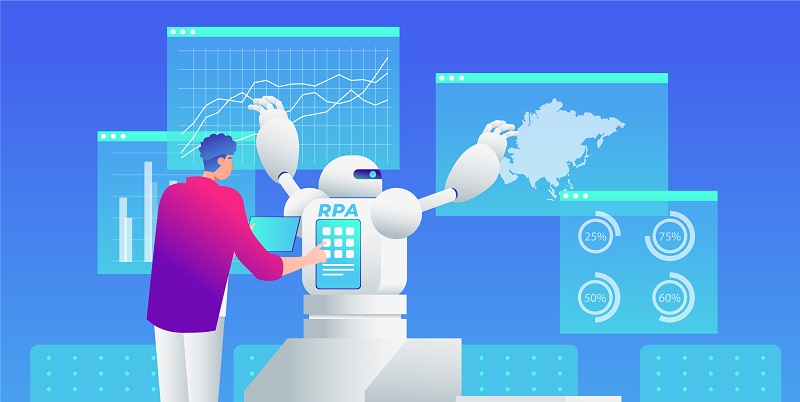Robotic Process Automation (RPA) has emerged as a transformative technology in business process automation. With the potential to streamline operations, reduce costs, and improve productivity, RPA has gained significant attention in recent years. However, it is crucial to set reasonable expectations and understand the limitations of RPA to effectively maximize its benefits.
Managing Expectations with RPA Solutions
While RPA holds immense potential, it’s essential to address the misconception that bots can fully automate and fix any broken process, integration, or data capture. While RPA can automate specific tasks, it’s important to assess the suitability of processes for automation. Complex processes, workflows with constant changes, and unique decision-making requirements may not be ideal candidates for RPA. Therefore, it is necessary to set realistic expectations and understand the boundaries of RPA capabilities.
Addressing Demand and Developer Talent
As organizations recognize the vast potential of RPA, the demand for RPA solutions often surpasses the available developer talent. This creates a challenge in effectively prioritizing and delivering RPA projects. To overcome this hurdle, it is crucial to align business needs with developer resources. Prioritizing automation projects based on impact, complexity, and strategic significance can help allocate developer talent efficiently. Additionally, organizations can explore training and upskilling opportunities to bridge the demand-supply talent gap.
Complex Processes and RPA Capabilities
RPA is a powerful tool for automation, but it may not be sufficient for highly complex business processes. Some processes may require additional capabilities beyond what RPA offers. Therefore, assessing process complexity becomes a crucial step before proceeding with RPA development. By conducting a comprehensive analysis, businesses can determine if alternative solutions or a combination of technologies is needed to meet the requirements effectively.
Targeting Stable Business Processes
RPA is best suited for automating stable business processes on legacy systems that undergo minimal changes. These processes often involve repetitive tasks, manual data entry, and data manipulation. By automating such processes, organizations can drive significant improvements in efficiency, accuracy, and resource allocation. RPA streamlines workflows, minimizes errors, reduces operational costs, and enhances employee productivity. Identifying suitable scenarios for RPA deployment is crucial to achieving maximum benefits.
Deploying Bots with Data Validation and Monitoring
One common mistake in RPA implementation is deploying bots to production without adequate data validation, error detection, monitoring, and alerting mechanisms. Validating data accuracy and integrity is crucial to prevent potential disruptions downstream. Implementing robust error handling processes and proactive monitoring ensures timely detection and resolution of issues. By incorporating comprehensive validation and monitoring strategies, organizations can minimize risks and ensure smooth bot operations.
Ongoing Maintenance of RPA Solutions
RPA solutions are not one-time implementations but rather require ongoing maintenance, similar to any software. Since bots connect to various underlying systems, any changes to these systems may impact bot performance. Regular updates, bug fixing, and continuous monitoring are essential to ensure the continued efficiency and effectiveness of bots. By dedicating resources to maintaining and leveraging RPA continuously, organizations can maximize the return on investment and minimize disruptions.
Understanding the Limitations of RPA
It is crucial to recognize that RPA is not a transformative solution itself. Bots act as band-aids, covering up legacy platforms and business processes. While they provide short-term benefits, RPA should be viewed as part of an overall modernization and digital transformation strategy. By integrating RPA with other technologies, such as artificial intelligence, machine learning, and process redesign, organizations can drive significant long-term improvements across their operations.
Robotic Process Automation offers significant opportunities for businesses seeking to automate and optimize their operations. However, setting reasonable expectations, evaluating process suitability, and effectively managing developer resources are essential considerations. Deploying bots with proper data validation, error handling, and monitoring mechanisms ensures smooth operations and minimizes disruptions. Recognizing RPA’s limitations and incorporating it into a broader digital transformation strategy can unlock its true potential. By approaching RPA with a clear understanding of its capabilities and limitations, organizations can maximize its benefits and drive long-term success.

